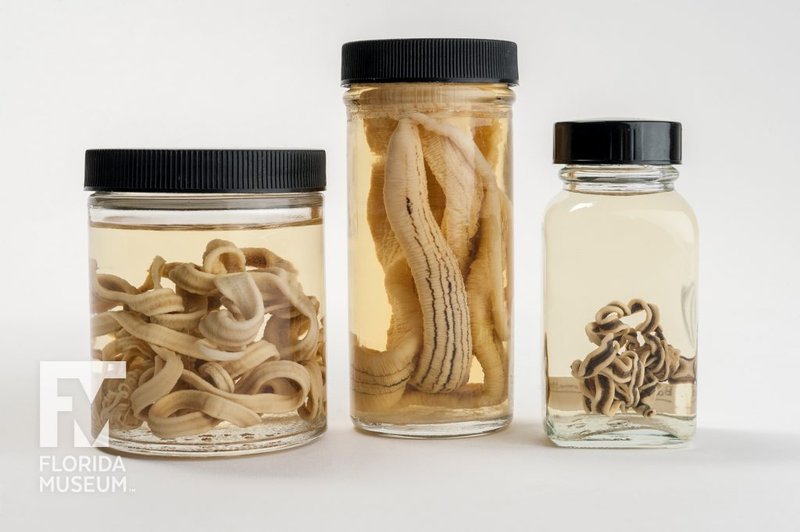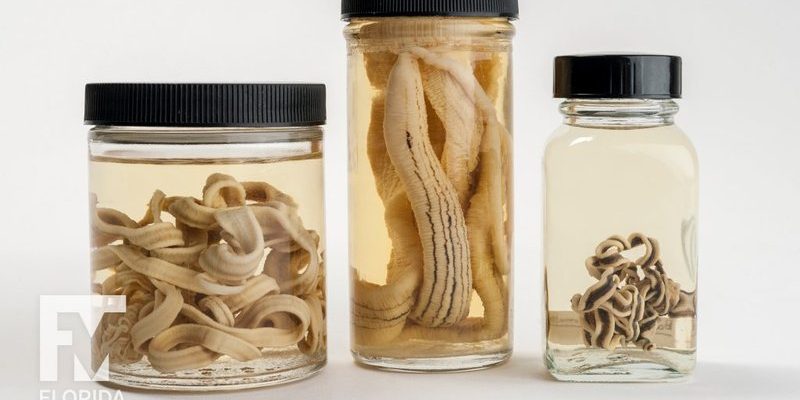
To picture a ribbon worm, think of a piece of spaghetti in a kaleidoscope of colors. They can be strikingly beautiful, often showing off shades from deep browns to vivid reds. They might be small, but they play an essential role in marine ecosystems, helping to keep the balance in their underwater homes.
So, what is it about full moons and ribbon worms? Let’s dive deeper into this intriguing connection.
What Are Ribbon Worms?
Ribbon worms, or *Nemertea*, are intriguing marine creatures typically found in shallow coastal waters. They can range from a few centimeters to several meters long, depending on the species. Their bodies are soft and stretchy, allowing them to slither through sand and mud.
You might be wondering what they eat. Ribbon worms primarily feast on small marine animals, such as crustaceans and mollusks. They have a unique way of catching their prey using a special feature called a proboscis. It’s like a small, retractable tongue that can snap out quickly, grabbing unsuspecting dinner guests.
These fascinating creatures aren’t just cool to observe; they also play a vital role in the ecosystem. By consuming smaller animals, they help maintain the balance of marine life. This balance is key for healthy ocean habitats.
Why Do Ribbon Worms Come Out During Full Moons?
So, what makes full moons the time for ribbon worm sightings? It all comes down to the **tides**. During a full moon, the gravitational pull is stronger, causing higher and lower tides. This tidal shift can expose sandy or muddy areas where ribbon worms often dwell.
When the water level drops, ribbon worms might venture out of their hiding spots to breathe or hunt for food. This behavior increases their visibility, making it a prime time for enthusiasts and curious onlookers to spot them. Imagine the thrill of seeing these creatures glide gracefully across the sand or water’s edge, bathed in moonlight.
You might be wondering if there are other factors that influence their behavior. Temperature and water clarity also play roles. Warmer waters and clearer conditions can make these sightings even more frequent. So, if you’re planning a beach trip during a full moon, you might just strike gold.
Where to Spot Ribbon Worms
If you want to catch a glimpse of ribbon worms during a full moon, knowing where to look is crucial. These creatures thrive in intertidal zones, which are the areas of the shore that are covered and uncovered by the tides.
Here are some great spots to check out:
- Rocky Shores: Look between rocks and crevices. Ribbon worms like to hide away from predators.
- Sandy Beaches: During low tide, walk along the wet sand. You might spot them wriggling about.
- Mud Flats: In estuaries, these areas can be a treasure trove for ribbon worm sightings.
It’s best to visit these locations during the low tide of a full moon. Make sure to take a flashlight for nighttime adventures, and don’t forget to bring a camera! You’ll want to capture those stunning sights.
Handling Ribbon Worms: What You Need to Know
It’s crucial to approach ribbon worms with care if you find them during your beach walks. Though they’re not dangerous, handling marine life requires some respect and understanding.
First off, it’s good to remember that ribbon worms can be delicate. Their soft bodies are easily damaged, so it’s best to observe them without picking them up. If you do decide to interact, ensure your hands are wet and gentle.
Additionally, consider the impact of your actions on their environment. Always return the worms to where you found them, especially if you’ve dug them up while exploring. Leaving things as you found them helps maintain the fragile ecosystem that these creatures call home.
Other Creatures That Flourish During Full Moons
While ribbon worms are a highlight, they’re not the only creatures that come alive during a full moon. You might encounter:
- Horseshoe Crabs: These ancient creatures often spawn on beaches during full moons.
- Sea Turtles: Many species nest during this time, using the moonlight to guide them.
- Coastal Fish: Fish like mullet are more active, making them easier to catch.
This enchanting time brings a bustling marine nightlife. Just imagine the entire ecosystem waking up under the silver glow of the moon! It’s a nature lover’s delight.
Tips for Observing Ribbon Worms
Ready to go on your ribbon worm watching adventure? Here are some tips to enhance your experience:
1. **Timing is Everything:** Aim to visit during the low tide of a full moon. Research tide schedules in your area for the best results.
2. **Dress Appropriately:** Wear clothes that can get wet, and sturdy shoes to navigate rocky or muddy areas safely.
3. **Be Patient:** Ribbon worms are masters of disguise. You might need to look closely, especially if they blend in with their surroundings.
4. **Bring Gear:** A small bucket or container can help you observe them without causing harm. Just remember to release them afterward!
5. **Document Your Findings:** Consider keeping a beach journal. Jot down what you see and any unique behaviors you notice.
Seeing ribbon worms during full moon tides can be a unique and exciting experience. These creatures add a touch of mystery to your beach excursions, reminding us of the wonders of marine life.
Next time you’re out enjoying a full moon, take a moment to look for these intriguing worms. With a little patience and a sense of adventure, you might just discover a new love for the hidden life of the ocean. So grab a friend, head to the shore, and let the moonlight guide your way!

